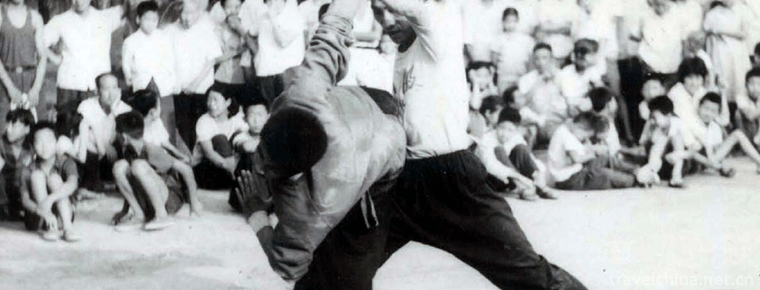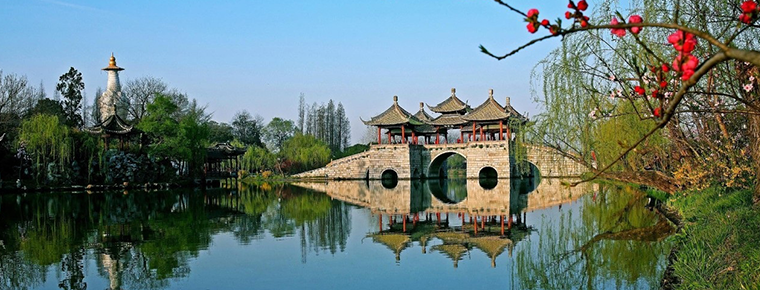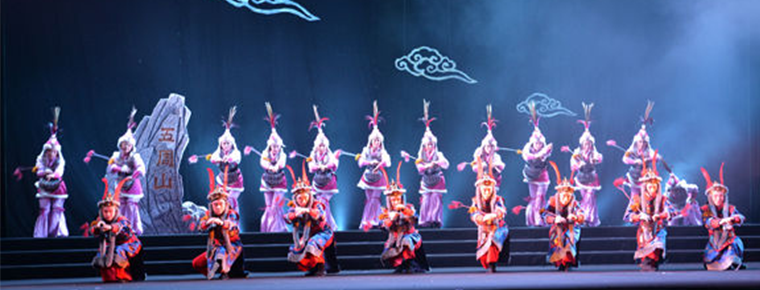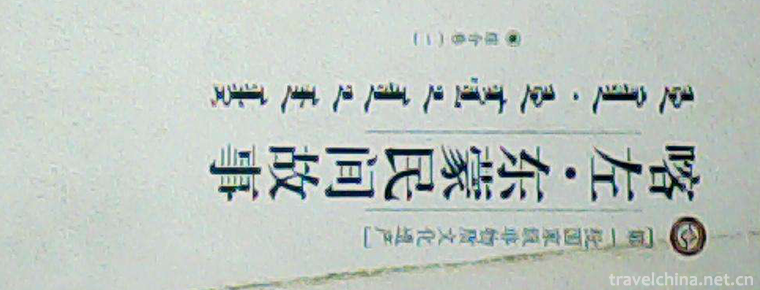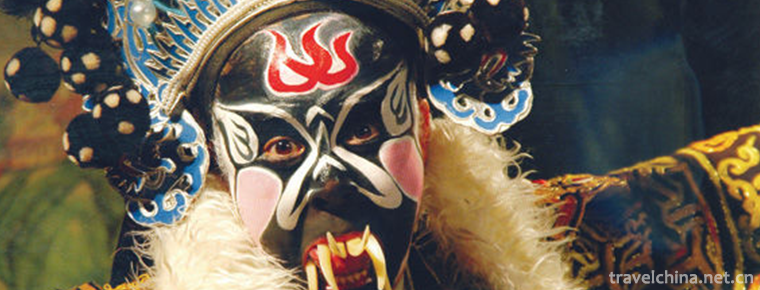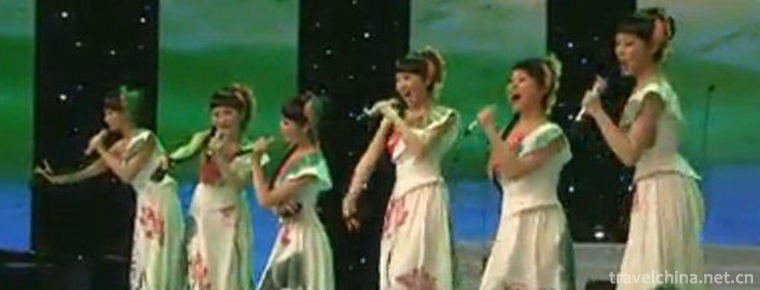Henan Pendant
Henan Pendant
Henan pendant originated in Henan Province. It is a traditional form of folk art which is formed by the combination of Taoism, Yinggeliu and Sanxianshu, which are popular in Henan and Northern Anhui. It has a history of more than one hundred years. It is popular in Henan, Shandong, Anhui, Tianjin, Beijing and other places. Because the main accompaniment instrument is "Fallen Boy String" (now known as Fallen Hu), and singing with Henan voice, Henan Fallen Boy is called Henan Fallen Boy. The singer sings with his left hand on sandalwood or jujube boards. There are also two singers, one singing Jade, one singing cymbals or drums. There are a few who sing by themselves. The lyrics are basically seven-character sentences. Accompaniers play the lute, and some step on the bangles. In the early stage, most of the actors sang short stories, and some of the actors sang long stories. Modern subjects are short stories.
On May 20, 2006, the opera was approved by the State Council and listed in the first batch of national intangible cultural heritage list.
development history
predecessor
Henan pendant is a relatively unique form of music, commonly known as "Henan Pendant script", "simple blackboard script" or "sound blackboard script", because of the use of Henan pendant string (also known as pendant) accompaniment named. It is popular in Henan and other central plains and some provinces and cities in North China.
The predecessor of Henan pendant was Tao Qing popular in Henan and Yinggeliu. Since the late Qing Dynasty, the two kinds of artists gradually merged and absorbed each other in music singing, especially after the three strings of Yinggeliu's accompaniment drum were transformed into bowstring instruments and accompaniment melody changed fundamentally, which led to a major change in singing music, and the use of "slippery tune" (vulgar "humming string", used before the tune began). It is the expression of ripeness of curve type. The emergence of new singing and music structure is the symbol of the formation of Henan pendant, which was around 1900.
formation
In the process of forming Henan pendant, with its fresh and lively characteristics, it attracted many Sanxianshu and Shandong drum artists to participate in the ranks of reform and creation. Henan pendant has increased a large number of repertoires, enriched singing skills, and promoted the maturity of this new type of music, and quickly spread to neighboring Shandong and Anhui. It was introduced to Beijing in the early years of the Republic of China, Tianjin, Shanghai and Shenyang in the 1920s, Lanzhou and Xi'an in the 1930s and Wuhan, Chongqing and Hong Kong in the 1940s. It has become one of the most popular forms of Chinese opera.
After the Revolution of 1911, with the deepening of the idea of equality between men and women, female artists began to appear in Henan's fall performance. The earliest group of female artists known as Zhang Sanni and Yin Fengbao appeared in Xiangguo Temple in Kaifeng. Their appearance and the formation of family classes make the performance of Henan pendant appear the way of male-female or male-female duet besides the usual self-pulling and self-singing. In 1913, the first actress Zhang Sanniu appeared in Henan Province, followed by Qiao Qingxiu, Cheng Yulan and Dong Guizhi. The emergence of actresses prompted Henan pendant to expand its vocal range, reform and enrich its melody, and improve its accompaniment skills. Soon afterwards, the fall of Henan was introduced into big cities such as Beijing and Tianjin, and its influence was also expanding.
Prosperous
In the late 1930s, Qiao Liyuan and Qiao Qingxiu, famous couples in Nanle, Daming and Qingfeng of Henan Province, were invited to perform in Tianjin, followed by Dong Guizhi and Cheng Yulan. They performed in Tianjin and made records, which affected Rilong. Among them, Qiao Qingxiu and Qiao Liyuan's partner performance style is unique, rhythm is smooth, articulation is clear and crisp, singing melodiously, known as "Xiaokou", "Qiaokou" or "Qiao School"; Cheng Yulan's singing is characterized by stereotyped, deep and implicit, known as "Laokou" or "Cheng School"; Dong Guizhi's singing voice is mellow, simple and clear, known as "Dakou" or "Dong School". The emergence of actresses has made the performance of Henan pendant tend to be short "singing" in big cities. Although it enriches the melody of singing, expands the range of singing, and improves the accompaniment skills, it also loses the characteristics and advantages of long rap. In Henan Province, the famous artists at that time were Zhao Yanxiang, Zhang Zhikun, one of the four famous performances in Shangqiu, and Li Fengming. The female artists were Liu Mingzhi, Liu Guizhi and Liu Zongqin, who were known for their exquisite performances, charming performances and extravagant performances.“ Zhengzhou Sanliu.
During the War of Resistance Against Japan, Henan pendants were introduced into Shanghai, Shenyang, Xi'an, Lanzhou, Wuhan, Chongqing and Hong Kong, and became one of the most popular forms of folk art in China.
Grow up
After the founding of the People's Republic of China, Henan pendant actors actively compiled a number of new songs, publicized new ideas and praised new life. Yao Junying sang "Ten Girls Quaff" and "Miss Picking Cotton" to publicize "Marriage Law", while Zhou Yuhua sang "Kao Shenfu", "Yang Fagui Wrestlers" and "Wei Bingyi Xia Jiangnan" to break superstition and praise the PLA heroic deeds.
After 1956, a new generation of Henan pendant actors in Beijing grew up. In their efforts to inherit the tradition and compile new songs, they carried out a series of reforms and attempts to Henan pendant music and performance in line with the development of the times. Ma Yuping, Liu Huiqin and Li Shaohua have all achieved gratifying results.
Present situation
After the end of the 20th century, the survival and development of Henan pendant encounter unprecedented difficulties, the number of artists declined sharply, and performances were few, which urgently need support and protection.
The state attaches great importance to the protection of intangible cultural heritage. On May 20, 2006, the opera was approved by the State Council and listed in the first batch of national intangible cultural heritage list.

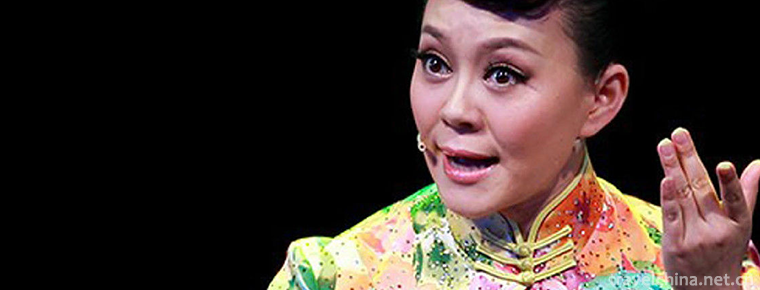
-
Sliced Fish in Hot Chili Oil
Boiled fish, also known as river boiled boiled fish and boiled fish fillet, was first popular in Cui Yun Township, Yubei District, Chongqing..
Views: 248 Time 2018-10-27 -
Hongjiannao Scenic Area
Hongjiannao Scenic Area is located in Shenmu City, Shaanxi Province. It is located in the transitional zone between the Loess Plateau and Inner Mongolia Plateau, at the junction of Maowusu .
Views: 114 Time 2019-01-16 -
Eight polar boxing
Bajiquan is a kind of boxing in Chinese Wushu. The word "eight poles" of this boxing method originated from the concept of Palaeogeography and originated from the Han Dynasty.
Views: 208 Time 2019-04-02 -
Landscape Architecture in Yangzhou
Yangzhou gardens began in the Western Han Dynasty, flourished in the Sui and Tang Dynasties, matured in the Song and Ming Dynasties, and flourished in the Qianlong Period of the Qing Dynasty..
Views: 144 Time 2019-04-21 -
Huanglong drama
Huanglong Opera, a local traditional drama in Nong'an County, Jilin Province, is one of the national intangible cultural heritage..
Views: 118 Time 2019-05-04 -
River chant
River chant is a traditional folk song spread in the Yellow River and the Yangtze River valley. In ancient times, when people were fighting with nature, they shouted; when harvesting.
Views: 106 Time 2019-05-05 -
Eastern Mongolian Folk Stories in Kazuo
The Folktales of Kazuo East Mongolia are spread in an oral literature in the left-wing Mongolian Autonomous County of Karaqin. Folk narrators, in the traditional way of oral narration and singing,.
Views: 111 Time 2019-05-08 -
Ninghai Pingtao
Ninghai Pingdao originated in the late Ming and early Qing Dynasty and was popular near Ningbo. It has a history of three or four hundred years. Ninghai Ping Tune belongs to the branch of Xinchang Tun.
Views: 128 Time 2019-06-08 -
Qianjiang Folk Songs
Qianjiang folk song is a traditional folk song in Hubei Province. Popular in Qianjiang City, folk songs created by local working people in their work, life and customs. Its rich content,.
Views: 294 Time 2019-06-10 -
Sichuan Agricultural University
Sichuan Agricultural University is a national "211 Project" with the characteristics of biotechnology, the advantages of agricultural science and technology, and the coordinated development .
Views: 400 Time 2019-08-31 -
Guang fan Lu
Bian Guang fan, Zi Yi, was born in the first year of Tang Zhaozong's Tianfu (901 years). Emperor Taizu of Song Kai Po six years (973 years), and the state of Yangqu (now Shanxi Taiyuan Yangqu), he has.
Views: 185 Time 2019-09-14 -
Leshan landform
Leshan City is located in the transition zone from Sichuan basin to southwest mountainous area. The overall trend is high in Southwest China and low in Northeast China. The highest point is the main peak of Ma'anshan in Ebian Yi Autonomous County, with an altitude .
Views: 366 Time 2020-12-17


